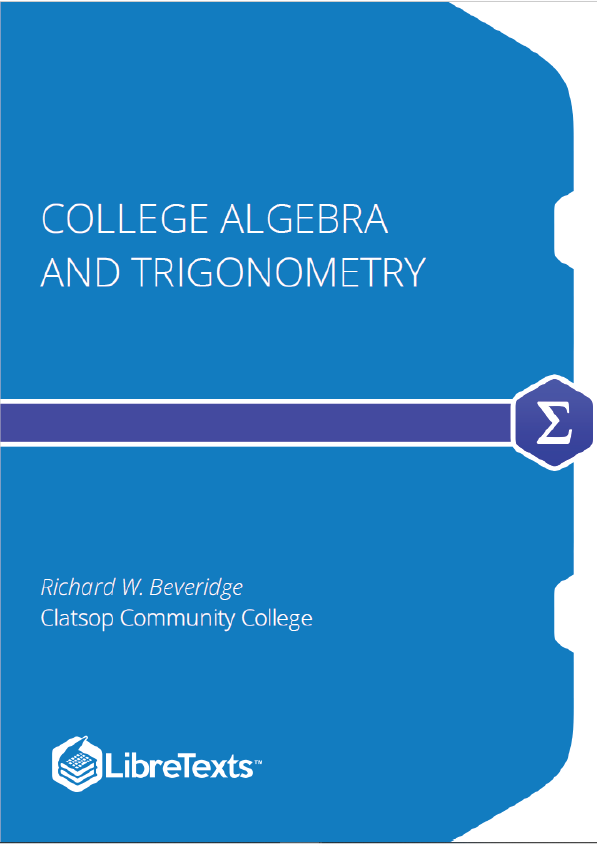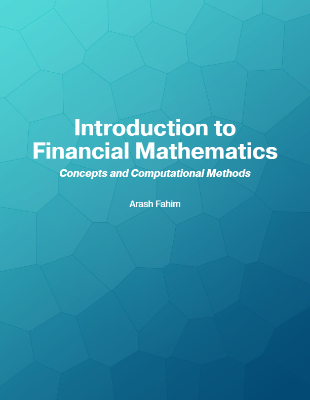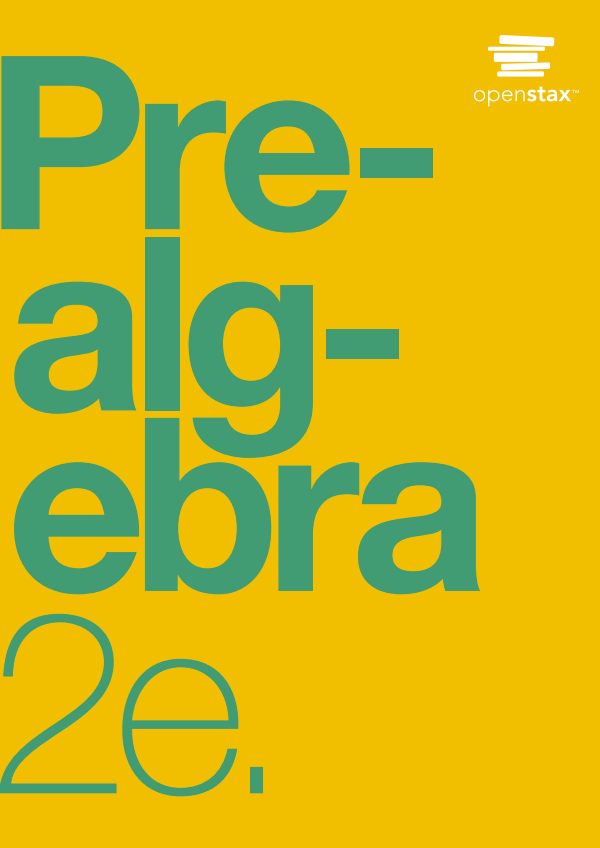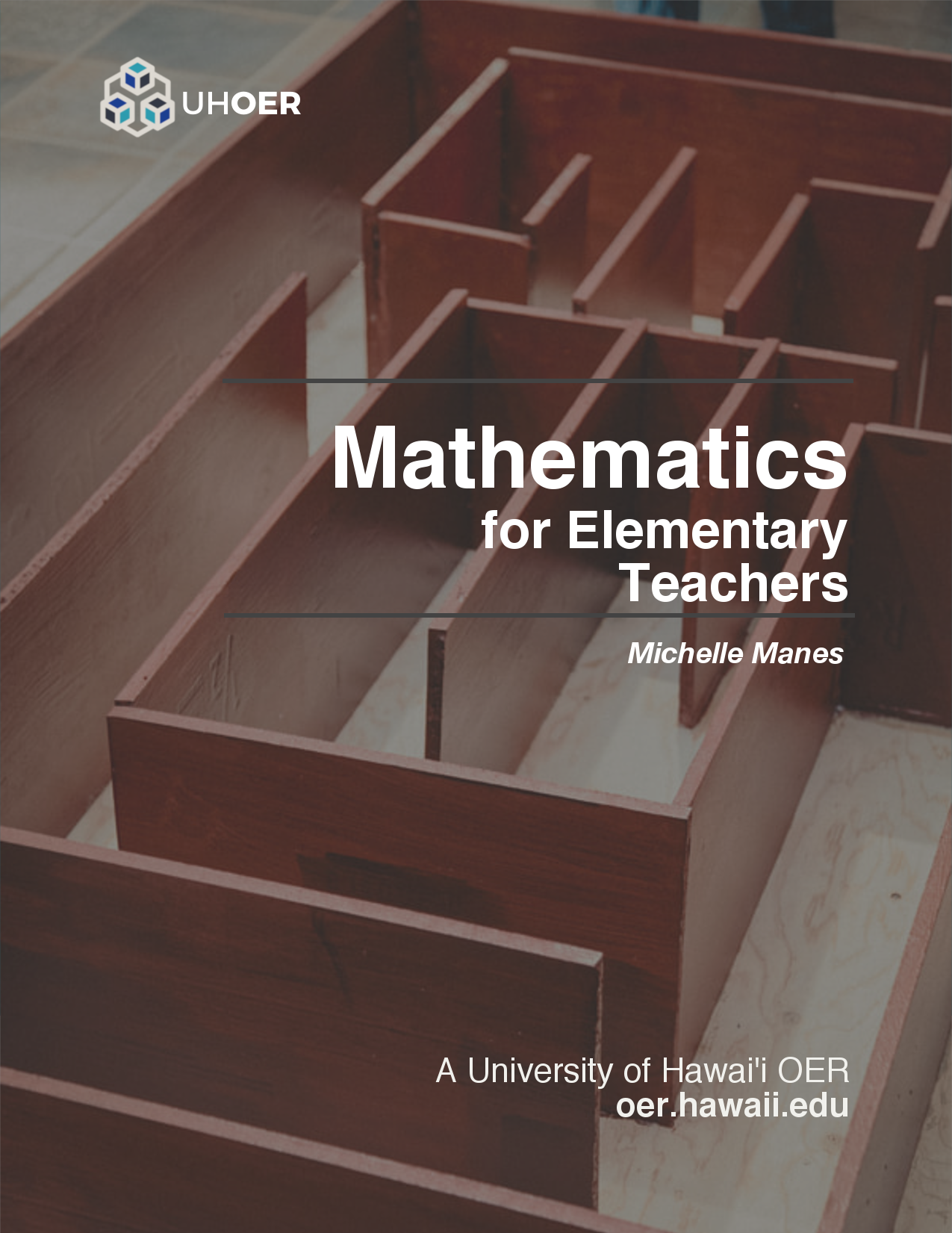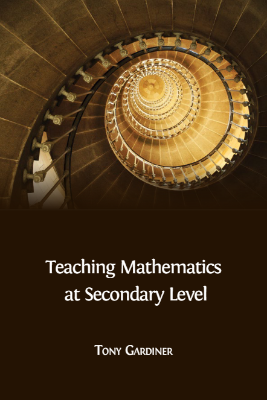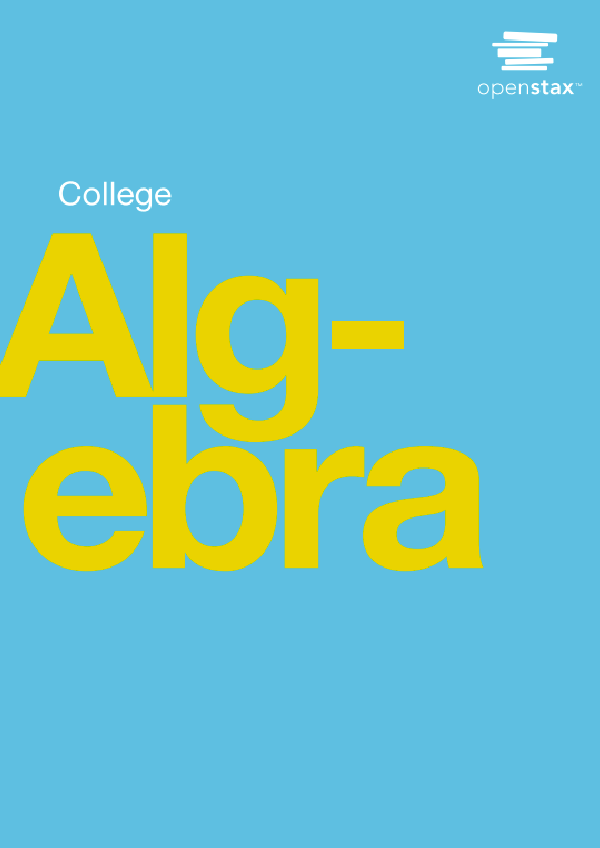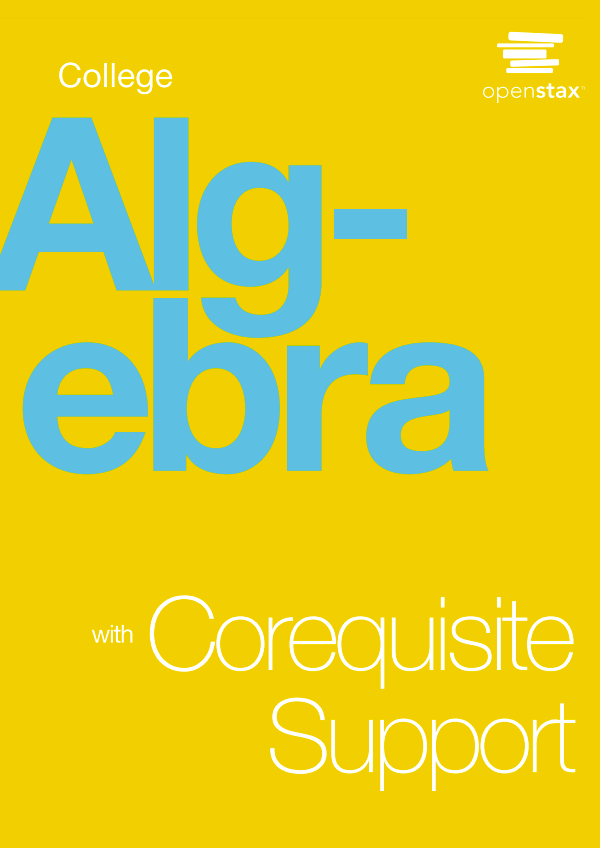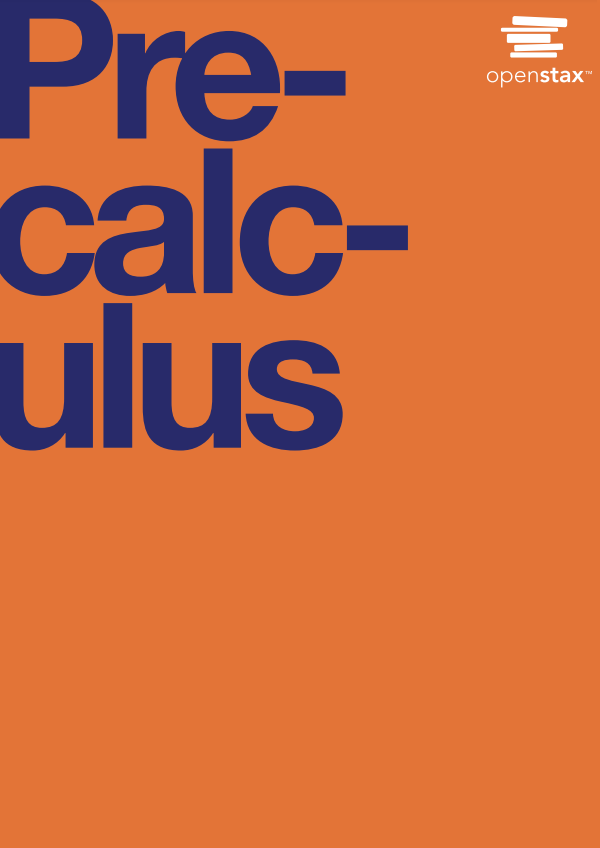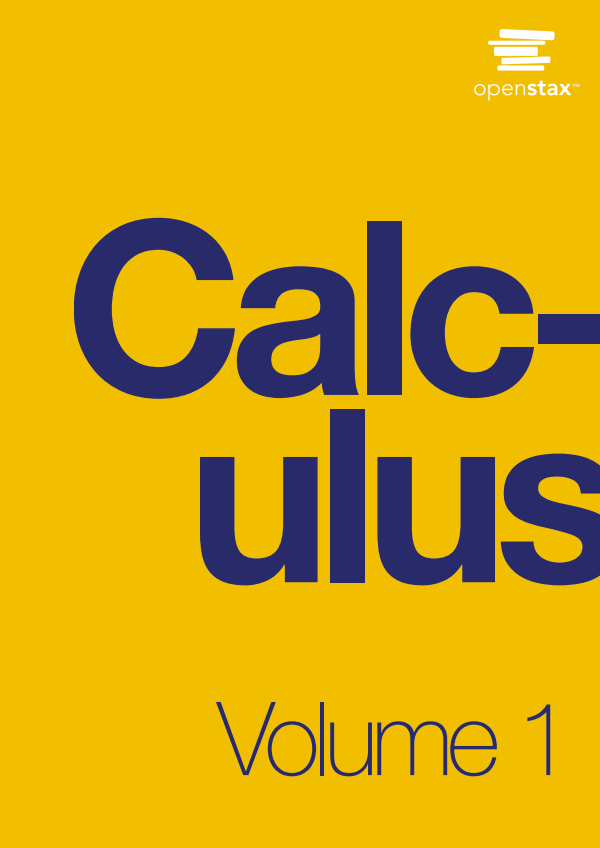This College Algebra text will cover a combination of classical algebra and analytic geometry, with an introduction to the transcendental exponential and logarithmic functions. If mathematics is the language of science, then algebra is the grammar of that language. Like grammar, algebra provides a structure to mathematical notation, in addition to its uses in problem solving and its ability to change the appearance of an expression without changing the value.
Algebra Review
This College Algebra text will cover a combination of classical algebra and analytic geometry, with an introduction to the transcendental exponential and arithmic functions. There are also chapters devoted to the theory of functions, combinatorics and trigonometry. If mathematics is the language of science, then algebra is the grammar of that language. Like grammar, algebra provides a structure to mathematical notation, in addition to its uses in problem solving and its ability to change the appearance of an expression without changing the value.
When algebraic techniques are presented as skills in isolation, they are much simpler to understand and practice. However the problem solving process in any context involves deciding which skills to use when. Most College Algebra students will have practiced problems in the form:
The problems in this section deal with a combination of these processes which are often encountered as parts of more complex problems.
Factoring
This section will review three of the most common types of factoring – factoring out a Greatest Common Factor, Trinomial Factoring and factoring a Difference of Squares.
Greatest Common Factor Factoring out a greatest common factor essentially undoes the distributive multiplication that often occurs in mathematical expressions. This factor may be monomial or polynomial, but in these examples, we will explore monomial common factors.
Quadratic Equations
Quadratic equations are equations of the second degree. The solution of quadratic equations has a long history in mathematics going back several thousand years to the geometric solutions produced by the Babylonian culture. The Indian mathematician Brahmagupta used “rhetorical algebra” (algebra written out in words) in the 7 th century to produce solutions to quadratic equations and Arab mathematicians of 9 th and 10 th centuries followed simlar methods. Leonardo of Pisa (also known as Fibonacci) included information on the Arab approach to solving quadratic equations in his book Liber Abaci, published in 1202
